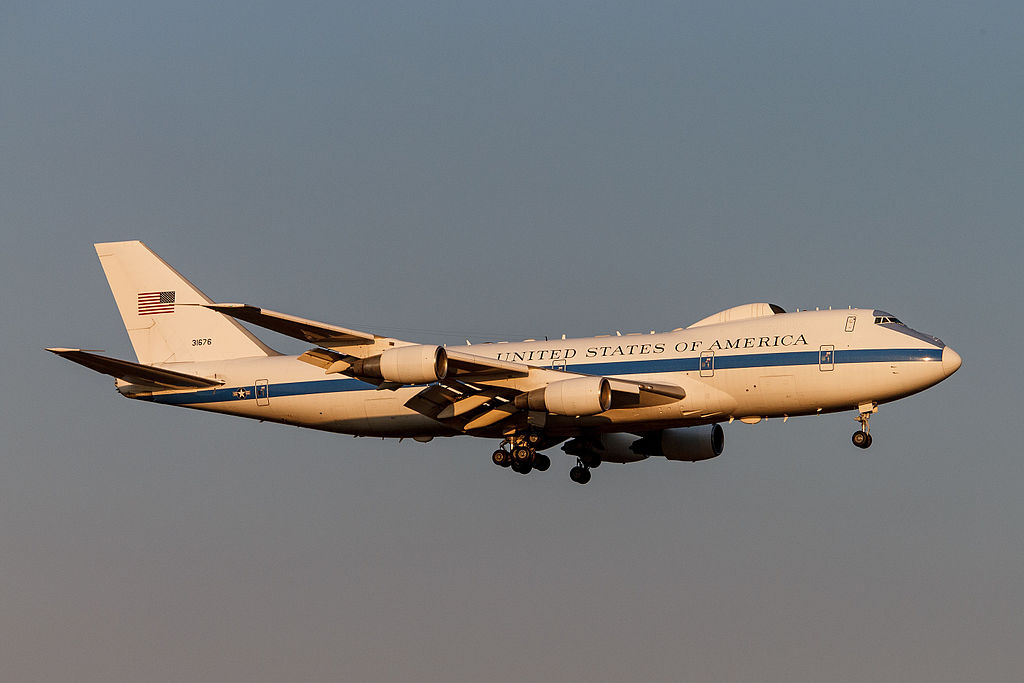Korean Air Sells Five Boeing 747-8I Jets for USAF’s E-4B “Doomsday Plane” Conversion

Korean Air has finalized the sale of five Boeing 747-8I aircraft to Sierra Nevada Corporation in 2025, a prominent U.S. aerospace company, specializing in the transformation of such jets into advanced presidential aircraft. This strategic move aligns with Sierra Nevada’s recent success in securing a substantial $13 billion contract from the U.S. Air Force to develop the next-generation E-4B Nightwatch aircraft, often referred to as the “Doomsday Plane.”
The Boeing 747-8I Intercontinental passenger jets, part of Korean Air’s existing fleet, are scheduled to be handed over in September 2025. The transaction is valued at 918 billion Korean won (approximately $674 million), and forms part of Korean Air’s broader strategy to modernize its fleet by replacing older aircraft with newer, more efficient models.
The U.S. Air Force’s contract with Sierra Nevada aims to replace the aging fleet of four E-4B Nightwatch planes, originally based on the older 747-200 models and built in the 1970s. These aircraft serve as airborne command centers, designed to ensure government continuity in emergency and wartime scenarios, including nuclear conflicts.
The upcoming “Doomsday Planes,” officially termed the Survivable Airborne Operations Center (SAOC), are expected to provide enhanced capabilities compared to their predecessors. The E-4B modifications allow these aircraft to operate as highly survivable mobile command centers capable of withstanding nuclear blasts and ensuring continuous government operation.
Key features of the E-4B include:
- EMP Resistance: The aircraft are equipped to shield against electromagnetic pulses from nuclear explosions.
- Advanced Communications: The planes boast state-of-the-art communication systems that maintain connectivity even if ground-based networks are disrupted.
- Extended Endurance: Capable of mid-air refueling, these aircraft can remain airborne for prolonged periods during crises.
- Large Crew Capacity: Each plane can carry a substantial crew—including military staff, security personnel, and communications experts—to manage operations effectively.
This fleet upgrade comes at a critical time as geopolitical tensions underscore the need for robust national security measures. The SAOC program is a long-term project, with completion expected by July 2036, signaling the U.S. government’s commitment to maintaining a cutting-edge airborne command infrastructure.
Sierra Nevada’s role in developing these next-generation airborne command centers highlights the ongoing collaboration between private aerospace firms and the U.S. military, ensuring that the country’s strategic capabilities evolve in line with emerging threats and technologies.
Sources: AirGuide Business airguide.info, bing.com, samchui.com
